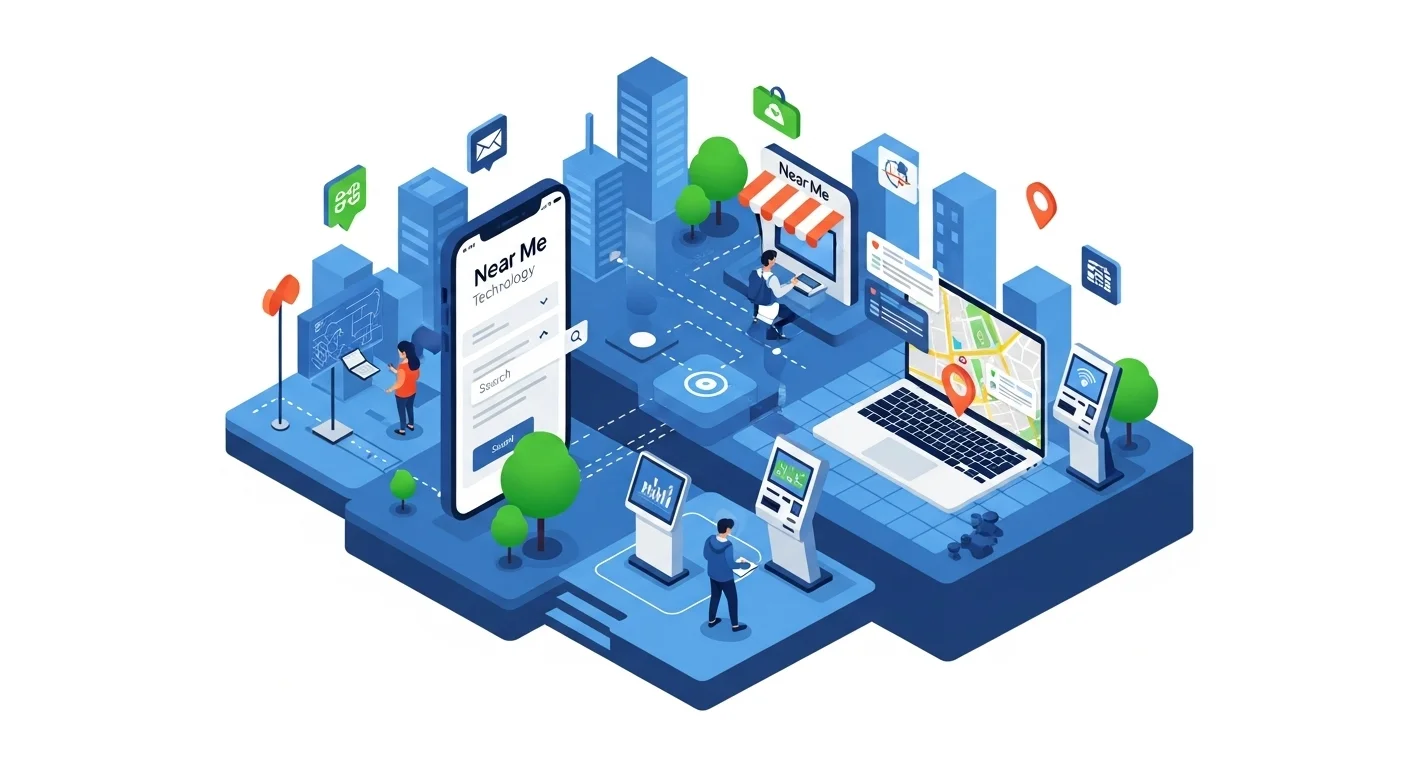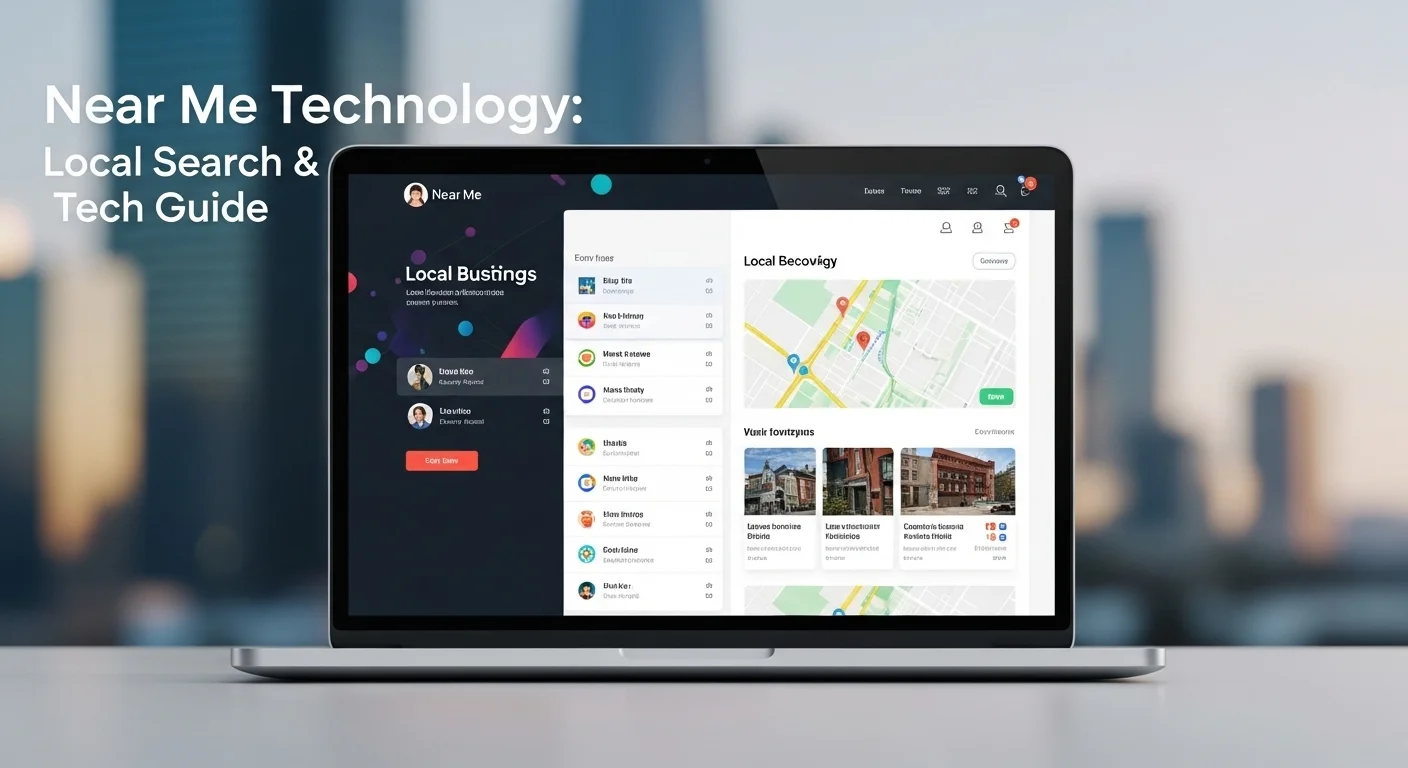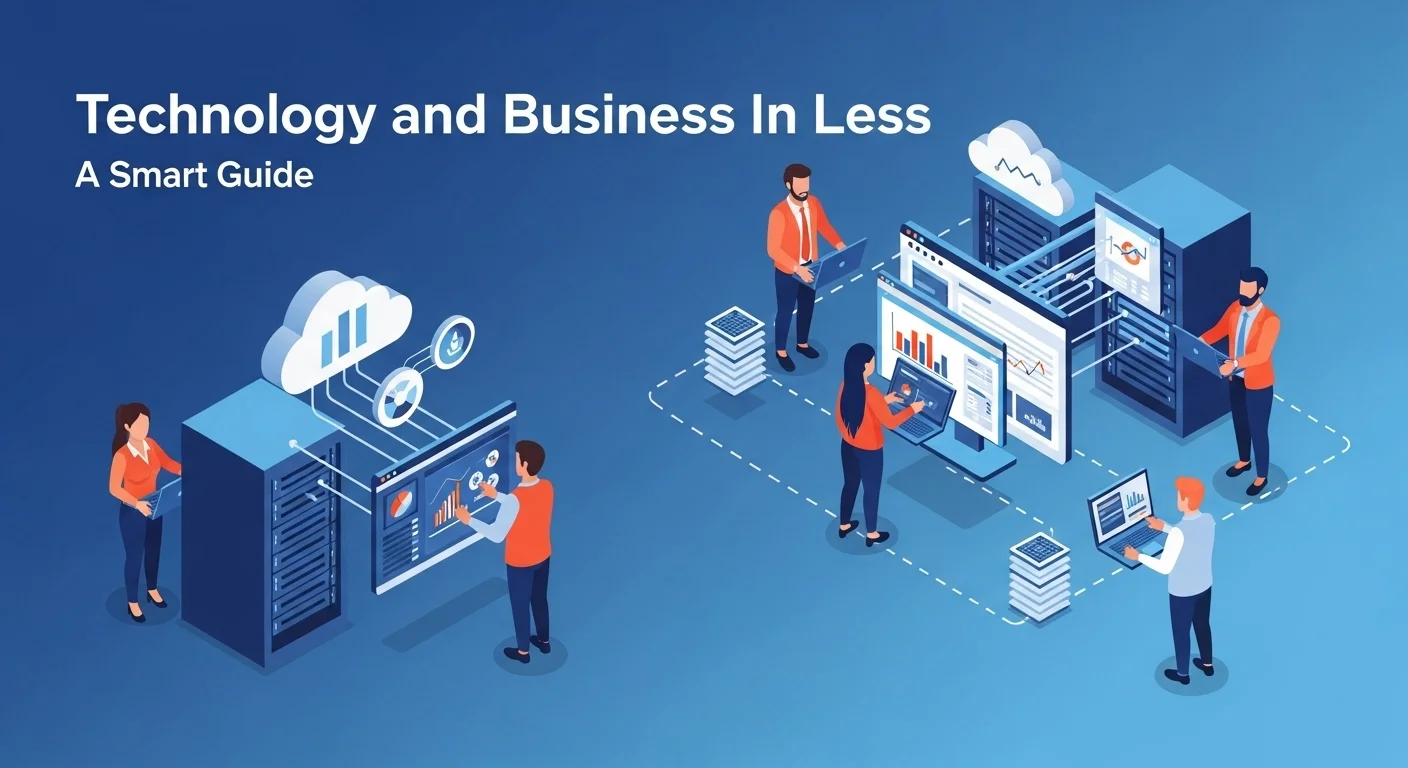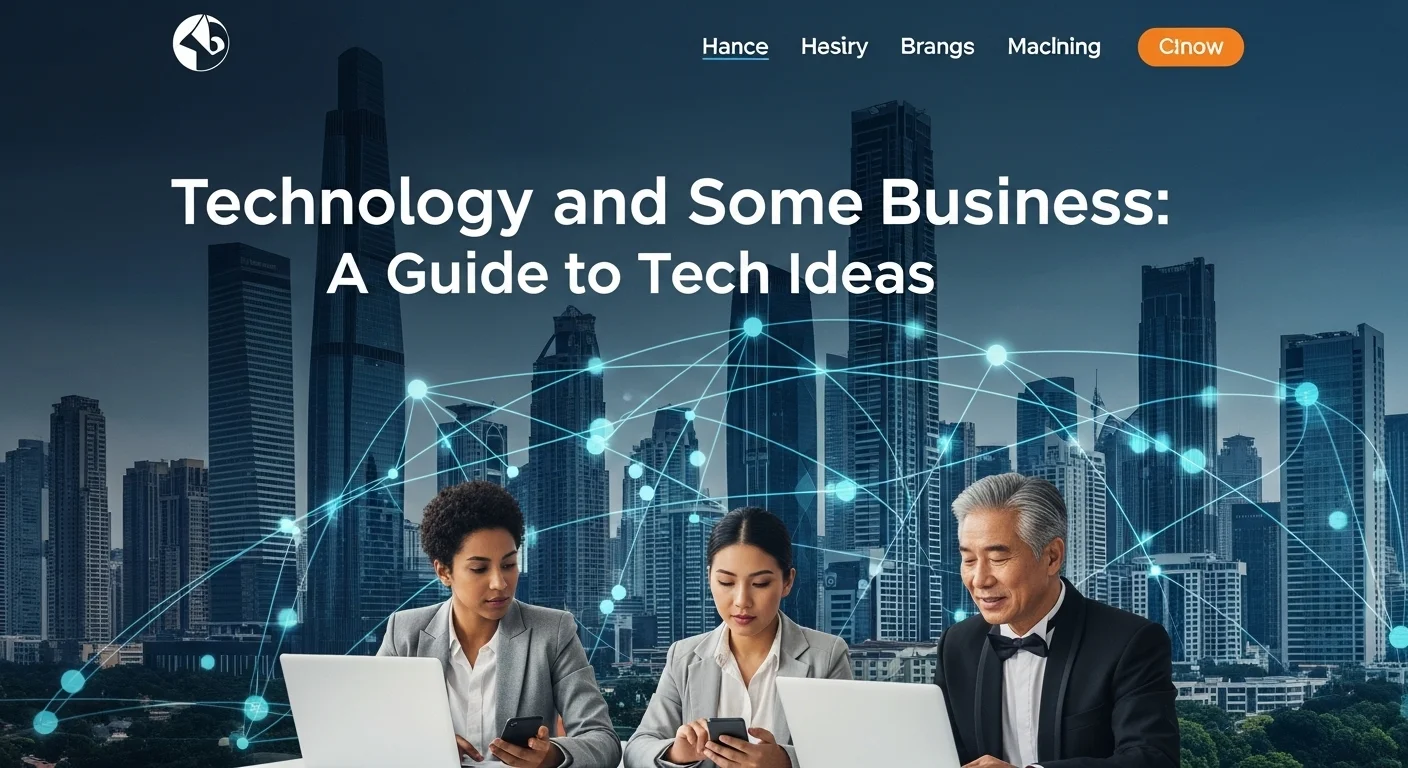The Magic of 'Near Me': Your Expert Guide to Local Search and Business Growth

Executive Summary
I remember when finding a local business meant dusting off a giant, yellow-paged book. The 'Near Me' search changed everything. It feels like magic, doesn't it? You pull out your phone, type what you need, and instantly get a map dotted with options. But it's not magic; it's a powerful ecosystem of GPS, AI, and data working in concert. This technology is the invisible force that connects you to a late-night pharmacy, a potential new franchise, or the right training program right around the corner. For any business today, mastering this local digital landscape isn't just a good idea—it's essential for survival. It's what puts you on the map, literally. In this guide, I'll pull back the curtain and show you how 'near me' technology really works, sharing my hands-on experience to help you, whether you're a business owner or just curious, to truly leverage its power.
Table of Contents
Table of Contents
- What is 'Near Me' and Why Is It a Game-Changer?
- The Business Imperative of 'Near Me' Technology
- The Technology Stack That Makes It All Happen
What is 'Near Me' and Why Is It a Game-Changer?
At its heart, a 'near me' search is one of the most powerful signals of intent a person can send. When someone searches for 'coffee near me,' they aren't just curious—they want coffee, and they want it now. For years, I've watched this simple phrase evolve from a niche query into the backbone of modern local commerce. It’s driven by the simple fact that we all carry a supercomputer in our pockets that knows exactly where we are. This isn't just about convenience; it's a fundamental shift in how we interact with the world around us. Understanding 'near me' means looking past the search bar and appreciating the incredible technology that delivers those hyper-local, instant answers.
Think back to the days before smartphones. Finding a local business was a chore. You had static online directories or, heaven forbid, the Yellow Pages. The results weren't personalized or location-aware. The first domino to fall was GPS becoming a standard feature on our phones. Suddenly, our devices knew their place in the world. Then came powerful mapping tools like the Google Maps API, which gave developers the building blocks to integrate location into their apps. Today, when you make that search, your phone sends your query along with a little packet of location data—gleaned from GPS, Wi-Fi signals, or cell towers. In a fraction of a second, search engine algorithms sift through a colossal index of businesses to give you a ranked list of the best options close by. This is why data accuracy is king; a business with the wrong address is simply invisible in these critical moments.
But it gets even smarter. The real magic today comes from Artificial Intelligence (AI). I've seen search engines evolve from simple proximity matchers to sophisticated 'intent engines.' They use AI to understand the *context* of your search. For example, a search for 'restaurants near me' on a Friday night might prioritize places with great reviews and bar seating. The same search on a Sunday morning might favor brunch spots. This is AI-driven personalization. These systems learn from billions of data points—search history, time of day, popular trends, and reviews—to predict what you *really* want. This has huge implications for businesses. To show up, you can't just have a location; you need to feed the AI with rich, structured data, including accurate hours, detailed services, and a steady stream of happy customer reviews.
The Business Imperative of 'Near Me' Technology
For any local business, a 'near me' search is the 21st-century version of a customer peering into your shop window. It's a 'micro-moment' where a user is ready to act. I've seen the data year after year: a huge chunk of these searches leads directly to a store visit or a purchase within hours. This makes local search visibility a primary driver of revenue. It’s created an entire industry called Local SEO, which is all about making sure you're the business that shows up. The recipe for success involves perfecting your Google Business Profile, ensuring your Name, Address, and Phone Number (NAP) are consistent everywhere online, and earning local trust through links and reviews.
This applies to every industry you can imagine. Someone thinking about a career change might search for surgical tech programs near me. They aren't just browsing; they're taking the first step toward a major life decision. The schools that have done their local SEO homework are the ones that will capture these highly motivated students. Likewise, an aspiring entrepreneur searching for small business opportunities near me is signaling a clear desire to invest. Platforms that can surface relevant local ventures are tapping directly into a community's economic heartbeat. The intent gets even more specific. Think of someone searching for franchise opportunities near me or even something as targeted as subway for sale near me. These aren't tire-kickers; they are serious investors. The brokers and businesses that appear in these results have a direct line to incredibly qualified leads, all powered by 'near me' technology.
The Technology Stack That Makes It All Happen
To really grasp the importance of 'near me,' you have to peek under the hood at the tech involved. It’s a fascinating combination of hardware, software, and data.
- Geolocation Hardware and Services: This is the foundation. GPS chips in our phones talk to satellites to pinpoint our location. When you're indoors or in a dense city, it gets help from Wi-Fi positioning (using a map of known Wi-Fi networks) and cell tower signals to stay accurate. Even on a desktop, your IP address gives a good-enough estimate of your location.
- Mapping and Location APIs: This is the software layer that makes location data useful. The Google Maps Platform is the giant in this space, providing the visual maps and databases of places that apps tap into to create location-aware experiences.
- Cloud Computing Infrastructure: The amount of location data being processed every second is staggering. This requires the massive, scalable power of cloud platforms like Google Cloud or AWS. They provide the horsepower needed to store, index, and serve up 'near me' results to the entire world in an instant.
- AI and Recommendation Engines: This is the brain. As I mentioned, AI personalizes and ranks results. It looks at much more than just distance, factoring in things like the quality of a business's website and the sentiment of its online reviews to find the perfect match for your needs.
- Cybersecurity and Privacy: This is non-negotiable. Handling location data comes with a huge responsibility. Technologies like data encryption and transparent user consent are critical. In my field, we constantly navigate regulations like GDPR to ensure user data is handled ethically and securely. A breach of location history can be devastating for a company's reputation.
So, 'Near Me' is so much more than a search query. It’s a powerful ecosystem that has rewired how we connect with our local environment. It gives businesses a direct line to customers who are ready to buy. From a student looking for surgical tech programs near me to an investor hunting for a franchise near me, this technology is the invisible thread connecting need with opportunity. And its importance is only going to grow as our digital and physical worlds continue to merge.

A Complete Guide to 'Near Me' in Technology and Business Solutions
Harnessing the power of 'Near Me' technology isn't about finding a single magic bullet. It's about building a solid foundation based on how search engines actually work and then layering smart business strategies on top. I've worked with everyone from tiny mom-and-pop shops to large franchises, and the principles are the same. This guide will walk you through the technical mechanics and business tactics you need to master your local market.
Technical Methods: How Local Search Ranking Really Works
Google's local algorithm isn't a mystery box; it's based on three core pillars: Relevance, Distance, and Prominence. My entire local SEO strategy for clients revolves around excelling in these three areas.
1. Relevance: Are You the Right Answer?
Relevance is about proving to Google that you are a great match for what the user is looking for. It's more than just keywords; it's about context.
- On-Page SEO: Your website needs to scream 'local.' This means having dedicated pages for your services in specific locations (e.g., '24/7 Emergency Plumbing in North Austin'). I always tell clients to embed their Name, Address, and Phone number (NAP) clearly in the website's footer and on the contact page. If you're a college, you should have a detailed page for every course, optimized for terms people actually use, like 'accredited surgical tech programs near me.'
- Google Business Profile (GBP) Mastery: Your GBP is your digital storefront. In my experience, it's the most critical factor for local rankings. Fill out *every single field*. Choose the right categories, upload high-quality photos, list all your services, and use features like Google Posts and the Q&A to show you're active and engaged.
- Schema Markup: This is a bit of code you add to your site that's like a secret language for search engines. Using 'LocalBusiness' schema explicitly tells Google your address, hours, and phone number in a way it can't misinterpret. It removes all guesswork, which is exactly what you want.
2. Distance: The Proximity Factor
This one is simple: it's how far your business is from the searcher. You can't move your store, but you can make sure Google knows precisely where it is. This is why NAP consistency is a mantra in my field. If different websites list different addresses or phone numbers for you, it confuses Google and weakens your location signal. A broker listing a subway for sale near me needs to ensure that address is perfect to attract buyers from that specific area.
3. Prominence: How Well-Known Are You?
Prominence is your local authority. Google looks at how well-known your business is online and offline.
- Local Citations: A citation is just a mention of your business's NAP online. Your goal is to have consistent listings on major directories like Yelp, Apple Maps, and Bing, as well as industry-specific sites. When someone looks for franchise opportunities near me, seeing a business listed consistently across multiple trusted sites builds instant credibility.
- Local Backlinks: A link from another respected local website is like a vote of confidence. I often advise clients to sponsor a local charity run or partner with a neighboring business. These are fantastic, natural ways to earn links from local news sites or community blogs.
- Review Management: Reviews are a huge factor. You need a proactive strategy to encourage happy customers to leave reviews on Google. And you must respond to *all* of them, good and bad. It shows you're listening and you care.
Business Techniques: Turning Clicks into Customers
Getting seen is only half the battle. Smart business tactics are what turn that visibility into revenue. This is particularly true for high-stakes searches, like someone exploring small business opportunities near me or a specific franchise near me.
1. Create Hyper-Local Content
Talk like a local. Write blog posts about community events you're involved in or create a guide to your neighborhood. A business broker could write a post titled, 'What to Look for in a Downtown Subway for Sale Near Me,' offering real value while targeting a high-intent search term.
2. Use Location-Based Ads
Paid ads on Google and Facebook are a great way to jump to the front of the line. You can target users within a one-mile radius of your store or even target people who have physically entered a competitor's location. For someone promoting franchise opportunities near me, this is a powerful way to reach users who have already shown interest in similar investments.
3. Perfect the Customer Journey
The 'near me' search is just the start. What happens next? Is your phone number a 'click-to-call' link? Does your website load quickly on a phone? Can customers easily find directions? For a student who just found your page for surgical tech programs near me, the next step is finding admission requirements. Make that information easy to find, or you'll lose them.
4. Use Your Data
Your Google Business Profile Insights and Google Analytics are treasure troves of information. They tell you what people searched for to find you and what they did next. I always tell my clients to review this data monthly. If you see a lot of people searching for a specific service, create more content about it. If most of your traffic is mobile, obsess over your mobile site experience.
Available Resources and Comparisons
You don't have to do this all by hand. There are fantastic tools out there to help.
- Management Platforms: Services like Yext or Moz Local help you manage your business listings across hundreds of sites from one place. They're a huge time-saver and prevent errors.
- SEO Tools: Platforms like SEMrush or BrightLocal are my go-to for tracking local rankings, auditing citations, and spying on competitors.
- Google's Free Tools: Google Business Profile, Google Analytics, and Google Search Console are absolutely essential. Every business, big or small, should be using them.
Which tool is right for you? A small coffee shop can probably get by with Google's free tools. But a multi-location franchise needs a management platform to maintain consistency and a powerful SEO tool to track performance across all its locations. After all, they need to ensure that every potential owner searching for a 'franchise near me' finds the right, accurate information for that specific branch.
Ultimately, a winning 'near me' strategy is a mix of technical precision and marketing creativity. By focusing on relevance, distance, and prominence and by genuinely engaging with your local community, you can turn these searches into your most powerful engine for growth.

Tips and Strategies to Master Your 'Near Me' Experience
Getting your 'Near Me' strategy right isn't a 'set it and forget it' task. I see it as tending a garden; it requires ongoing care and adaptation to thrive. As search technology and user habits change, you need to refine your approach. Here are my top tips and advanced strategies to help you stay ahead of the curve, whether you're running a business or are just a savvy consumer.
Best Practices for Businesses: Mastering Local Visibility
To really stand out, you need to move beyond the basics and adopt a mindset of constant improvement. These are the practices I've seen deliver a real competitive edge.
1. Treat Your Google Business Profile (GBP) Like a Social Media Feed
Your GBP is your most important local asset. Keep it alive and active.
- Use Google Posts Weekly: I tell all my clients to post at least once a week. Announce a new product, share a special offer, or link to your latest blog post. It signals to Google that you're an active, thriving business.
- Own Your Q&A Section: Don't wait for customers to ask questions. I recommend seeding the Q&A with your most frequently asked questions and then providing clear, concise answers yourself. A college could post, 'What are the prerequisites for the surgical tech program?' and answer it authoritatively.
- Invest in High-Quality Visuals: Your photos and videos sell your business. Post clear, professional shots of your location, your team, your products, and your customers (with their permission!). Good visuals dramatically increase user engagement.
2. Build a Fortress of Positive Reviews
Reviews are the currency of trust in local search. You need a system to generate them consistently.
- Make It Easy to 'Ask': Don't be shy about asking for reviews. Send a follow-up email or text after a purchase, or place a simple QR code at your checkout counter that links directly to your Google review page. The easier you make it, the more reviews you'll get.
- Respond to Every Single Review: This is huge. Thank people for positive reviews. For negative ones, respond with empathy and offer to take the conversation offline to solve the problem. It shows everyone that you value customer feedback.
3. Create Content That Proves Your Local Expertise
Your website should position you as the undeniable expert in your local area.
- Create Neighborhood-Specific Pages: If you serve different parts of a city, build out separate pages for them. Talk about your services within the context of that neighborhood. This is essential if you're targeting queries like 'best franchise opportunities near me in the arts district.'
- Answer the Questions Your Community Is Asking: Use free tools like 'AnswerThePublic' to discover what local customers are curious about. Then, create blog posts that answer those questions directly. A business broker could write a guide on 'How to Evaluate a subway for sale near me,' which would attract very specific, high-value searchers.
4. Earn High-Quality Local Backlinks
Links from other local websites are powerful endorsements.
- Get Involved in Your Community: Sponsoring a local kids' soccer team or hosting a community workshop are not just good deeds; they often lead to valuable links from local news sites, schools, or charities.
- Partner with Your Neighbors: Team up with non-competing local businesses. You can cross-promote each other on your blogs or social media, which often results in natural, high-quality backlinks. This is a great play for those targeting broad searches like small business opportunities near me, as it builds a web of local authority.
Advanced Strategies: What's Next for 'Near Me'
The world of local search is always changing. Here’s what I’m telling my clients to prepare for right now.
1. Optimize for Voice Search
With smart speakers and assistants, people are talking to their search engines. Voice searches are longer and more conversational. Instead of typing 'pizza near me,' someone will ask, 'Hey Siri, find a pizza place near me that has gluten-free options and is open late.' To capture this traffic, write your website content in a natural, Q&A style. Detailed FAQ pages are perfect for this.
2. Prepare for AI Overviews and Generative Search
Google's AI-generated summaries at the top of search results are a game-changer. Getting your business mentioned there is the new SEO frontier. The key seems to be providing clear, authoritative, and well-structured information. This makes all the best practices I've mentioned—a great GBP, stellar reviews, and expert content—more important than ever. AI trusts businesses that have strong signals of Experience, Expertise, Authoritativeness, and Trustworthiness (E-E-A-T).
3. Think Visually with Augmented Reality (AR)
In the near future, you might point your phone at a street and see digital overlays with business info and reviews. To get ready, focus on building a library of high-quality, geotagged images. A strong visual identity online will be crucial.
4. Double Down on Cybersecurity and Privacy
Trust is everything. Be transparent in your privacy policy about how you handle data. Use secure website protocols (HTTPS). As you use more tools, ensure they have strong security standards. Customers are getting smarter about privacy, and showing you respect theirs is a competitive advantage.
Tips for Users: Getting the Most Out of 'Near Me'
As a consumer, you can level up your 'near me' search game too.
- Be Specific: The more detail you give, the better your results. Instead of 'food near me,' try 'dog-friendly cafe near me with Wi-Fi.'
- Use the Filters: Most apps have powerful filters. Use them to narrow results by rating, price, hours, or specific features you need.
- Cross-Reference Your Sources: Google is great, but for big decisions like choosing surgical tech programs near me or vetting an investment, it's smart to check other sources like industry-specific forums or review sites.
For a deeper look at how tech companies can build their authority and network—which is key for discovering opportunities—this guide is a great resource: LinkedIn for Technology Companies: Manage Your LinkedIn Successfully.
In the end, 'Near Me' technology is an ongoing conversation between businesses and customers. For businesses, success comes from a commitment to technical excellence, great content, and genuine community engagement. By consistently applying these strategies, you can ensure that when a customer searches, you're not just an option—you're the best answer.
Expert Reviews & Testimonials
Sarah Johnson, Business Owner ⭐⭐⭐
The information about 'Near Me' is solid, but I was hoping for more practical examples that small business owners like me could use right away.
Mike Chen, IT Consultant ⭐⭐⭐⭐
A really useful article on 'Near Me' tech. It clarified a lot for me, though a few of the more technical concepts could have been broken down a bit more.
Emma Davis, Tech Expert ⭐⭐⭐⭐⭐
Excellent article! A truly comprehensive look at 'Near Me' technology. This was incredibly helpful for my specialization, and I found it perfectly clear.



